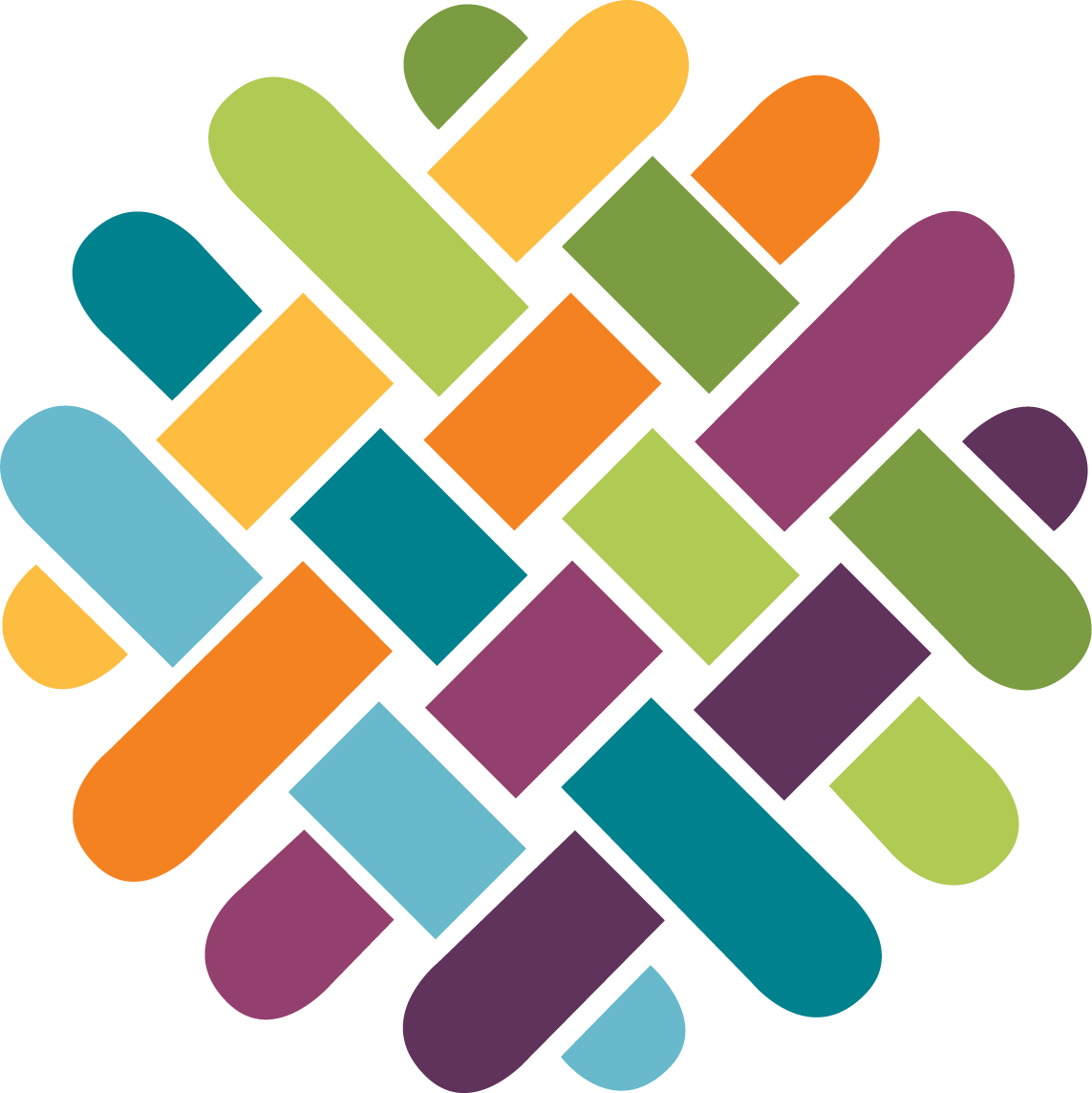Wellness Programming fill a holistic need of the WIHS mission, providing a space for students to develop competencies that are not a primary focus of academic content class and PhBL. It focuses around the concept of Physical Literacy, which was added to the national standards for physical education in 2014:
Physical Literacy is the ability to move with competence and confidence in a wide variety of physical activities in multiple environments that benefit the healthy development of the whole person (Mandigo, Francis, Lodewyk & Lopez, 2012).
Students earn .5 credits per semester, which can be used to meet Health, Physical Education, or general elective graduation requirements.
During the course of the school year, each student participates in one quarter of Health, which includes instruction around: sexual health, reproduction, relationships, nutrition, drug and alcohol use, and mental health. Students also learn how community environments, people, and destructive influences (drugs/alcohol) may affect their daily health, and how to find or create healthy communities.

